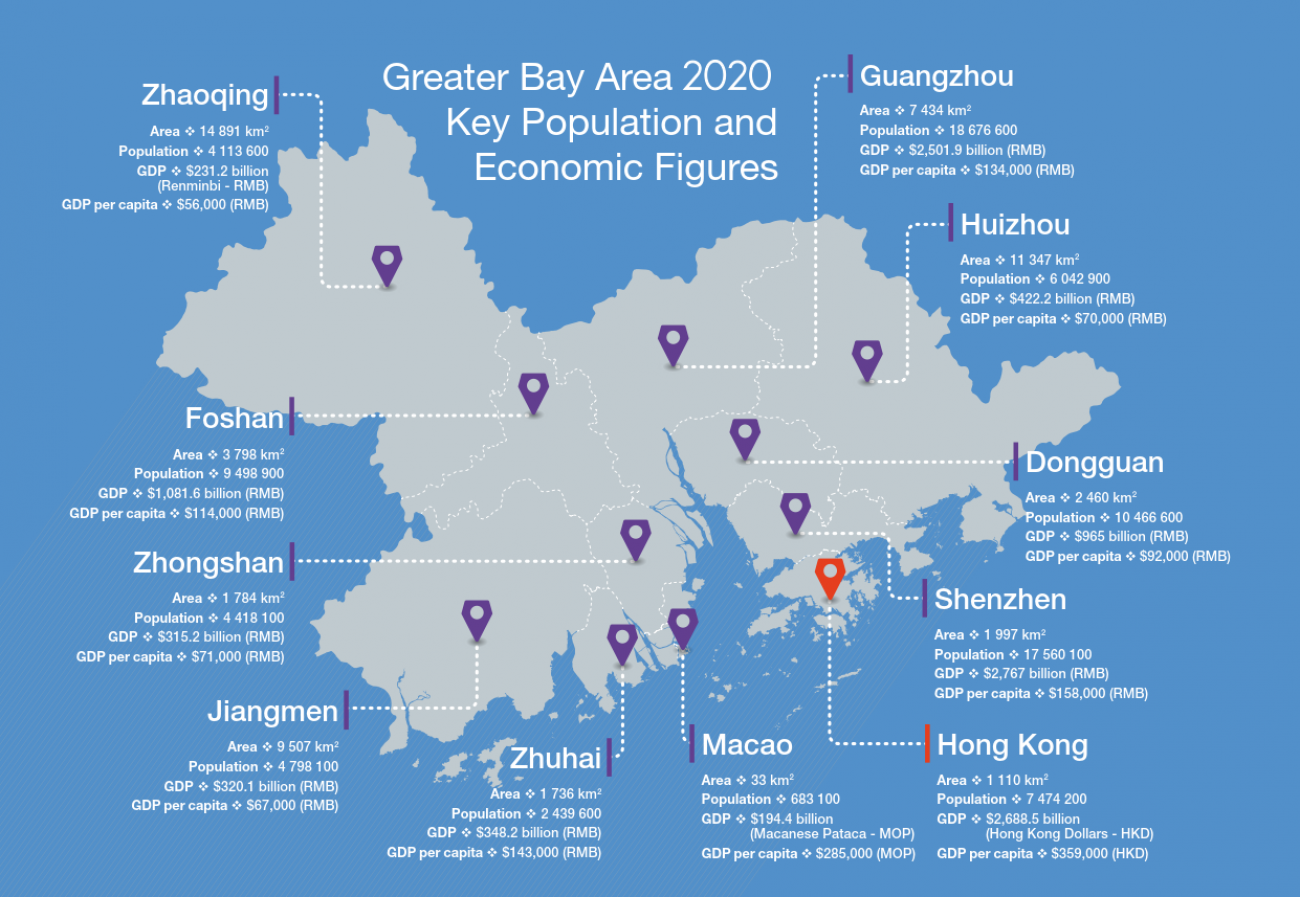Explore the key trends and projections for medical costs in Hong Kong, which are expected to rise by 9.8% in 2025, driven by increased hea…
Medical Costs in Hong Kong to Rise 9.8% in 2025: Key Trends Explained
Background
The healthcare landscape in Hong Kong is experiencing significant changes, particularly in the realm of medical costs. According to a recent survey by WTW (formerly Willis Towers Watson), medical costs in Hong Kong are projected to increase by 9.8% in 2025. This figure represents a slowdown from the double-digit increases observed in the past two years, which saw a 10.3% rise in 2023 and 2024 (https://insuranceasia.com/insurance/news/insurers-see-hong-kongs-medical-cost-increase-98-in-2025?utm_source=chatgpt.com).
The return to pre-pandemic levels of outpatient claims is a notable trend, driven by a sharp rise in upper respiratory tract infections. Despite the ongoing economic downturn and low general inflation in the territory, medical costs continue to rise, influenced by various factors including the growing demand from patients in China who frequently use Hong Kong’s private hospitals for specialized care.
Key Insights
Medical Cost Projections
The WTW Global Medical Trends Survey indicates that medical costs in Hong Kong are expected to rise by 9.8% in 2025, a slight deceleration from the 10.3% increase seen in the past two years (https://insuranceasia.com/insurance/news/insurers-see-hong-kongs-medical-cost-increase-98-in-2025?utm_source=chatgpt.com). This projection is part of a broader trend in the Asia-Pacific region, where medical costs are forecasted to rise by 12.3% in 2025. The higher rate in the region is attributed to several factors:
- Rising Health Service Usage: There has been an increase in the utilization of healthcare services, particularly in outpatient settings.
- Escalating Pharmacy Costs: The cost of pharmaceuticals continues to rise, contributing to overall medical expenses.
- Adoption of New Medical Technologies: The introduction and adoption of advanced medical technologies are driving up costs.
Return to Pre-Pandemic Levels
Insurers in Hong Kong report a return to pre-pandemic levels of outpatient claims, primarily driven by a sharp rise in upper respiratory tract infections. This trend suggests that the healthcare system is seeing a resurgence in the types of illnesses and conditions that were common before the pandemic. The increase in outpatient claims is a significant indicator of the healthcare system’s return to normalcy, albeit with higher costs.
Demand from Chinese Patients
A notable factor contributing to the rise in medical costs is the growing demand from patients in China. These patients frequently use Hong Kong’s private hospitals for specialized care, particularly for maternity services and surgeries. The influx of Chinese patients is putting additional pressure on the healthcare system and driving up costs. Despite the economic downturn and low general inflation in Hong Kong, the demand from this segment remains robust.
Chronic Disease Incidence
While the incidence of chronic diseases has remained stable, the overall medical cost trends are increasing. This is partly due to the growing demand from Chinese patients and the higher utilization of healthcare services. The stability in chronic disease incidence suggests that the rise in costs is more related to increased service usage and technological advancements rather than a surge in new chronic conditions.
Conclusion
The projected 9.8% increase in medical costs in Hong Kong for 2025, while a slowdown from the past two years, still represents a significant financial burden for the healthcare system and patients. The return to pre-pandemic levels of outpatient claims, driven by a rise in upper respiratory tract infections, indicates a normalization of healthcare usage. However, the growing demand from Chinese patients for specialized care in Hong Kong’s private hospitals is a key driver of the cost increase. Despite the economic challenges and low general inflation, the healthcare sector continues to face upward pressure on costs, influenced by rising health service usage, escalating pharmacy costs, and the adoption of new medical technologies. Understanding these trends is crucial for policymakers, insurers, and healthcare providers to effectively manage and mitigate the financial impact on the healthcare system and patients (https://insuranceasia.com/insurance/news/insurers-see-hong-kongs-medical-cost-increase-98-in-2025?utm_source=chatgpt.com).



